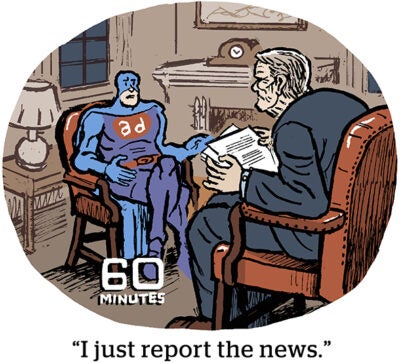Step right up, Infutor.
On Wednesday, the identity management and ID resolution provider announced that it’s joining Unified ID 2.0, the open source industry initiative that was initially kicked off by The Trade Desk to create an email-based alternative to third-party cookies once they go kaput.
UID 2.0 entered beta in March.
Infutor’s plan is to fully support UID 2.0 across all of its identity and data products and services, which include onboarding, data cleansing and data enrichment.
On the backend, Infutor is already adding Unified ID 2.0 IDs to its identity graph made up of roughly 650 million opted-in email addresses from 266 million individuals across 120 million US households.
Infutor uses the UID 2.0 API to make matches between its graph and UID 2.0 identifiers.
Because UID 2.0 is email-based, Infutor is able to assign a UID 2.0 ID to nearly all of the email addresses in its graph, with the exception of what Todd Schoenherr, Infutor’s VP of strategy, called “malformed” email addresses for which the UID 2.0 API does not return an ID. But that’s a small percentage of the total, he said, around .01%.
Infutor data, including a combination of deterministic demographic information and transactional and consumption data, can now be used to populate audiences for activation through The Trade Desk’s DSP.
“This will enable Infutor products to work seamlessly with the broad ecosystem of companies that support Unified ID 2.0,” Schoenherr said.
That list of supporting companies is long and expanding. (see below).
But even so, scale remains a big challenge for UID 2.0. Its success depends on reaching critical mass among tech providers, advertisers and especially publishers.
In Schoenherr’s view, UID 2.0’s open source approach will help it gain supporters. But adoption will likely only accelerate as the end of third-party cookies comes nearer. How long it takes for UID 2.0 to achieve the necessary scale is deeply tied to macro changes that are out of the industry’s control.
“As for timing for mass adoption, it’s difficult to say,” Schoenherr observed. “It is entirely dependent on the changes with Google and Apple being implemented and fully realized by marketers.”
Infutor is only the latest company to back the Unified ID 2.0 initiative. Here’s a list of who else is getting involved. Impress your friends. (Your ad tech friends, not your regular ones.)
- Publicis Groupe-owned Epsilon is making its CORE ID identity platform interoperable with UID 2.0.
- Xandr is integrating with UID 2.0 so that buyers and sellers can access the ID via Xandr’s programmatic buying platform and its ad exchange.
- FuboTV is working with UID 2.0 partners to develop standards and solutions to support CTV advertising.
- The Washington Post will enable transactions on its site using UID 2.0 and make it available to Zeus Performance publishers.
- OpenX will support passing UID 2.0 in the bid stream.
- Neustar will make UID 2.0 interoperable with its own Fabrick ID.
- Mediavine integrated UID 2.0 into its audience engagement framework.
- PubMatic will offer UID 2.0 as a default identifier.
- Magnite will use UID 2.0 to facilitate RTB transactions.
- Index Exchange will enrich bids across channels for publishers that use the ID.
- Nielsen is helping The Trade Desk improve the measurement aspects of UID 2.0.
- Criteo is building the single-sign on UI for consent and privacy management that will serve as UID 2.0’s consumer-facing component.
- LiveRamp is embedding UID 2.0 into its infrastructure so that SSPs and DSPs can bid on it.
- SpotX will use it to help media owners generate higher CPMs and take more control over their proprietary data.
- And TripleLift told AdExchanger that it’s actively working to implement Unified ID 2.0 in order to support targeting and measurement use cases for clients and partners.
















